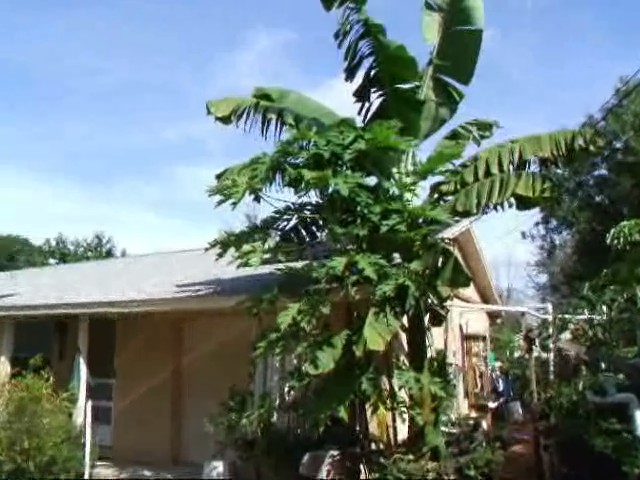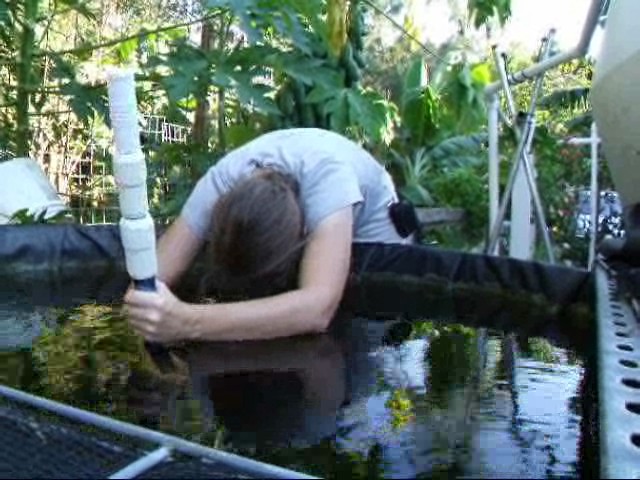What do I mean by source water goggles?
Well I’m talking in the realms of aquaponics. Many will teach some hard fast rule or they will speak of a rule in aquaponics that seems to assume that the listener understands some particular assumptions about the source water of a situation.
(I sometimes notice these things with the eyes of an outsider. I will see one person explaining something and realize they have one set of assumptions but I also realize that a listener or student hasn’t caught on to those assumptions and is becoming rather confused and frustrated.)
Anyway, when the experts tell a class that the pH of aquaponics must always be falling or there is some anaerobic situation going on, they are making the assumption that the source water, media and materials are not contributing factors. All water, materials and media being neutral, that would be true. However, many “newbies” to aquaponics especially running small backyard systems are likely dealing with hard tap water or hard well water and many of them also make the mistake of buying the cheapest pea gravel (because some one elsewhere did fine with pea gravel though pea gravel is not all the same.)
Anyway, if one is dealing with really hard water, it will greatly affect the pH of a system for a long time after setting up the system. If one is topping up a system with really hard well water, that will affect the pH of the system even to the point of stopping the pH from dropping even if the system is working properly and no anaerobic zones are present. If there is a leak in the system causing excessive topping up with hard water, this issue can be quite extreme. So before I assume that a pH issue is because of anaerobic activity in a system, I like to learn more about the system and source water.
In media based backyard scale systems,
Source water is the number one culprit in ongoing pH issues.
Next I would look at poor media choices.
Finally I would look to anaerobic issues (especially because these are not likely to show up in the first few months of flood and drain media bed operation.)
There are other things that source water will affect as well. I’ve seen some people claim that potassium should not be supplemented. I really must assume they claim this because their particular source water or crop choice makes this UN-necessary since almost everyone else I know thinks otherwise and my own experience contradicts such advice. My systems have all need heavy potassium supplementation. Heck, I suppose if I were to try to make blanket claims based on my source water I might be claiming that calcium doesn’t need supplementation and water doesn’t need buffering when the truth is, my well water IS providing the calcium and carbonate buffering.
My advice.
Get to know your water. Run some tests. Then let the water pump around a while to air out and run the tests again. Learn a little about how this water will affect the operation of your aquaponics system and if you might want to collect rain or use an RO filter to mitigate the troubles your source water might cause if it is extreme in any way. Also, if you are on city water, research what they use in your water and what you will need to do to make that water acceptable to use.
What I do…
My well water is very hard and full of calcium carbonate so I try to use as much rain water as possible and I only use my well water when I have to or when I need to add calcium and raise my system pH. Otherwise I use rain water and might supplement with potassium bicarbonate to add potassium while buffering pH. If my pH is not low enough to warrant buffering with potassium bicarbonate but I need potassium, I am likely to use seaweed extract to provide potassium and also other trace elements.





Leave a Reply